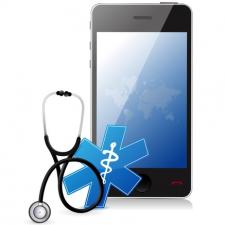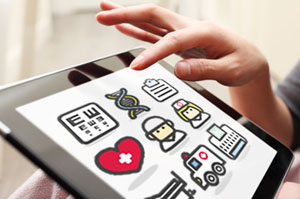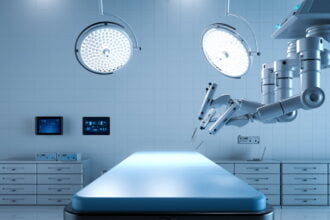 I’m an Apple girl, through and through, dedicated to my trifecta of a Macbook Pro, an iPhone 5, and an iPad. I even–and I hope no one pulls this piece of trivia out if I decide to run for president (highly unlikely)–sleep with both my iPhone and iPad. For real. I could tell you why, but I don’t think it would make it would make me look any better.
I’m an Apple girl, through and through, dedicated to my trifecta of a Macbook Pro, an iPhone 5, and an iPad. I even–and I hope no one pulls this piece of trivia out if I decide to run for president (highly unlikely)–sleep with both my iPhone and iPad. For real. I could tell you why, but I don’t think it would make it would make me look any better.
 I’m an Apple girl, through and through, dedicated to my trifecta of a Macbook Pro, an iPhone 5, and an iPad. I even–and I hope no one pulls this piece of trivia out if I decide to run for president (highly unlikely)–sleep with both my iPhone and iPad. For real. I could tell you why, but I don’t think it would make it would make me look any better. In fact, I think getting to the point would be most helpful here.
I’m an Apple girl, through and through, dedicated to my trifecta of a Macbook Pro, an iPhone 5, and an iPad. I even–and I hope no one pulls this piece of trivia out if I decide to run for president (highly unlikely)–sleep with both my iPhone and iPad. For real. I could tell you why, but I don’t think it would make it would make me look any better. In fact, I think getting to the point would be most helpful here.
I’m so attached to my Apple products because I think they can do just about anything–predict the weather, remind me to take my medicine, show me the way when I’m terrifically lost–if I speak nicely to Siri.
But it turns out they can do more than that–a whole heck of a lot more, and that, with their easy-to-learn accessibility, their apps, and their developers working hand-in-hand with physicians and nurses to make what they need…well, they’ve changed the face of healthcare as we know it.
I read an article worth passing along–”How Apple Accidentally Revolutionized Health Care“ by Keith Speights–and I feel like telling you all the good parts, like that in 2011, 75% of physicians interviewed owned an Apple product, or in April, 2012, there were over 13,600 apps in the App Store. And–just in case you were worried–I have plenty to say about some of these mobile health apps, but then I’d be stealing all of Mr. Speights’ thunder, and would that really be fair?
I’ll keep myself quiet and busy by going to check my lab results in my “MyChart” app–it’s always exciting seeing how high my white blood count can go.
Happy reading.
(image: mobile health apps / shutterstock)







